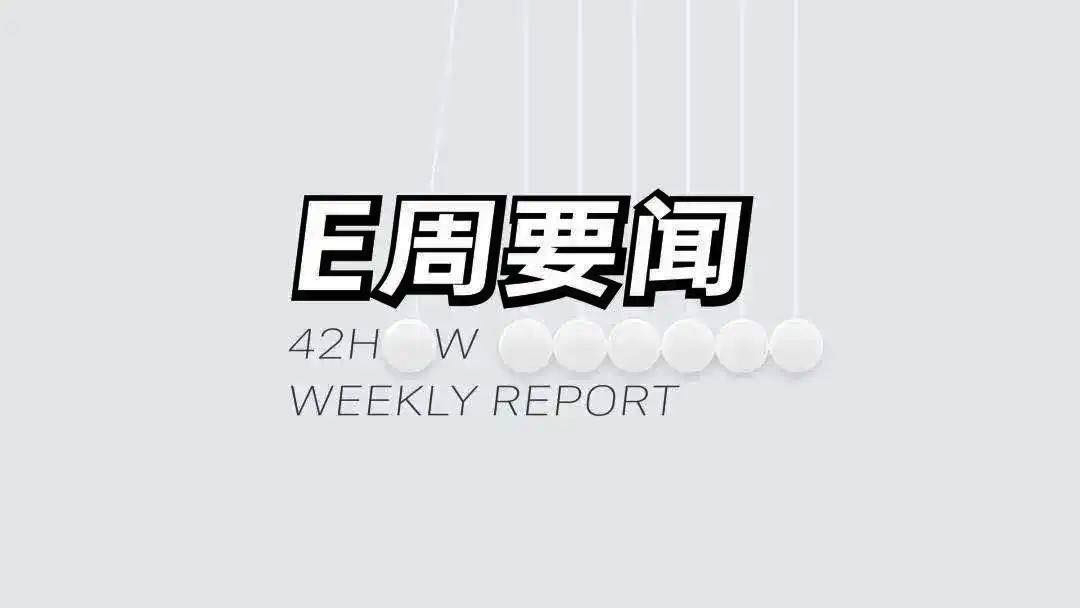Weekly Index
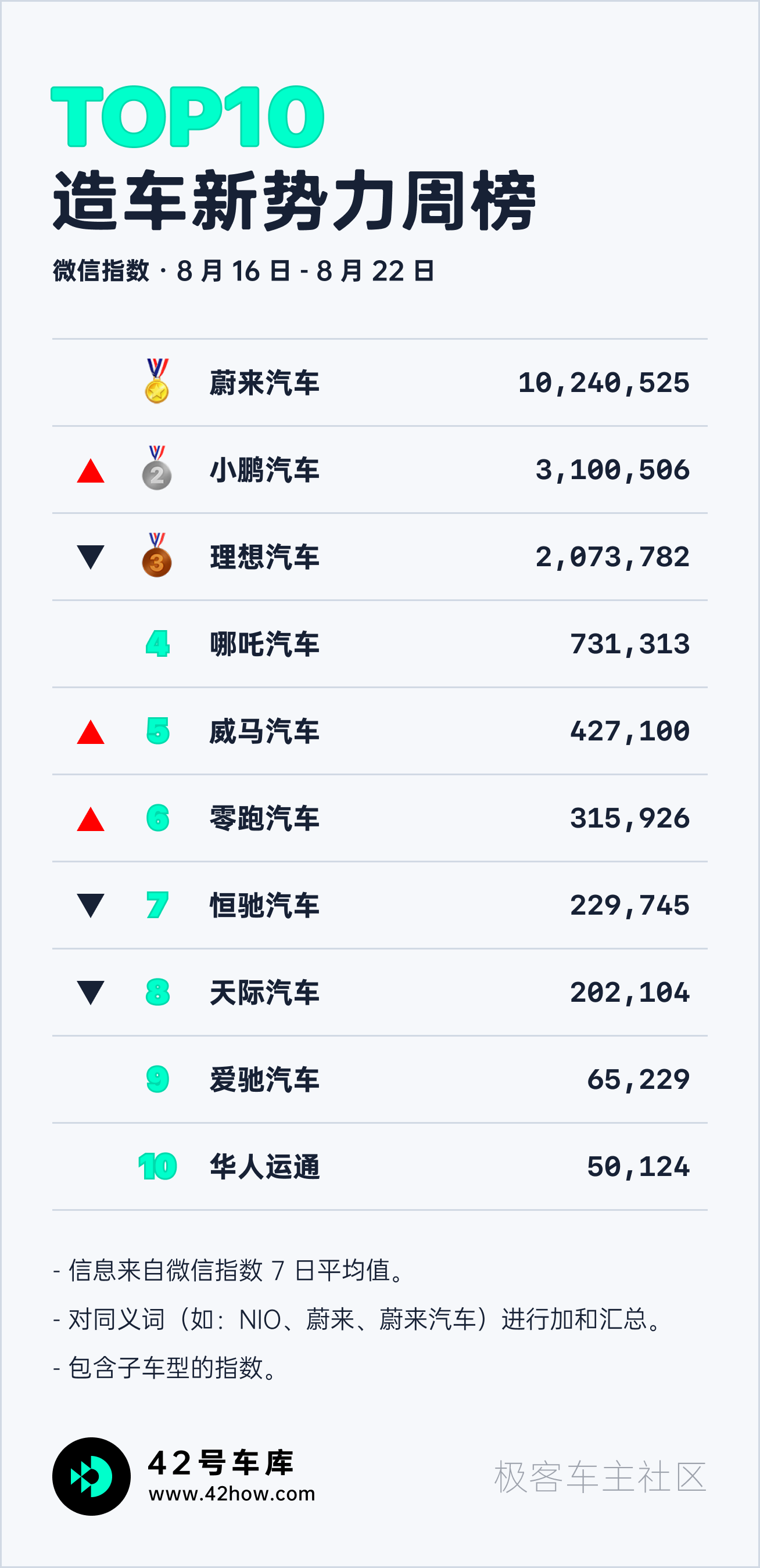
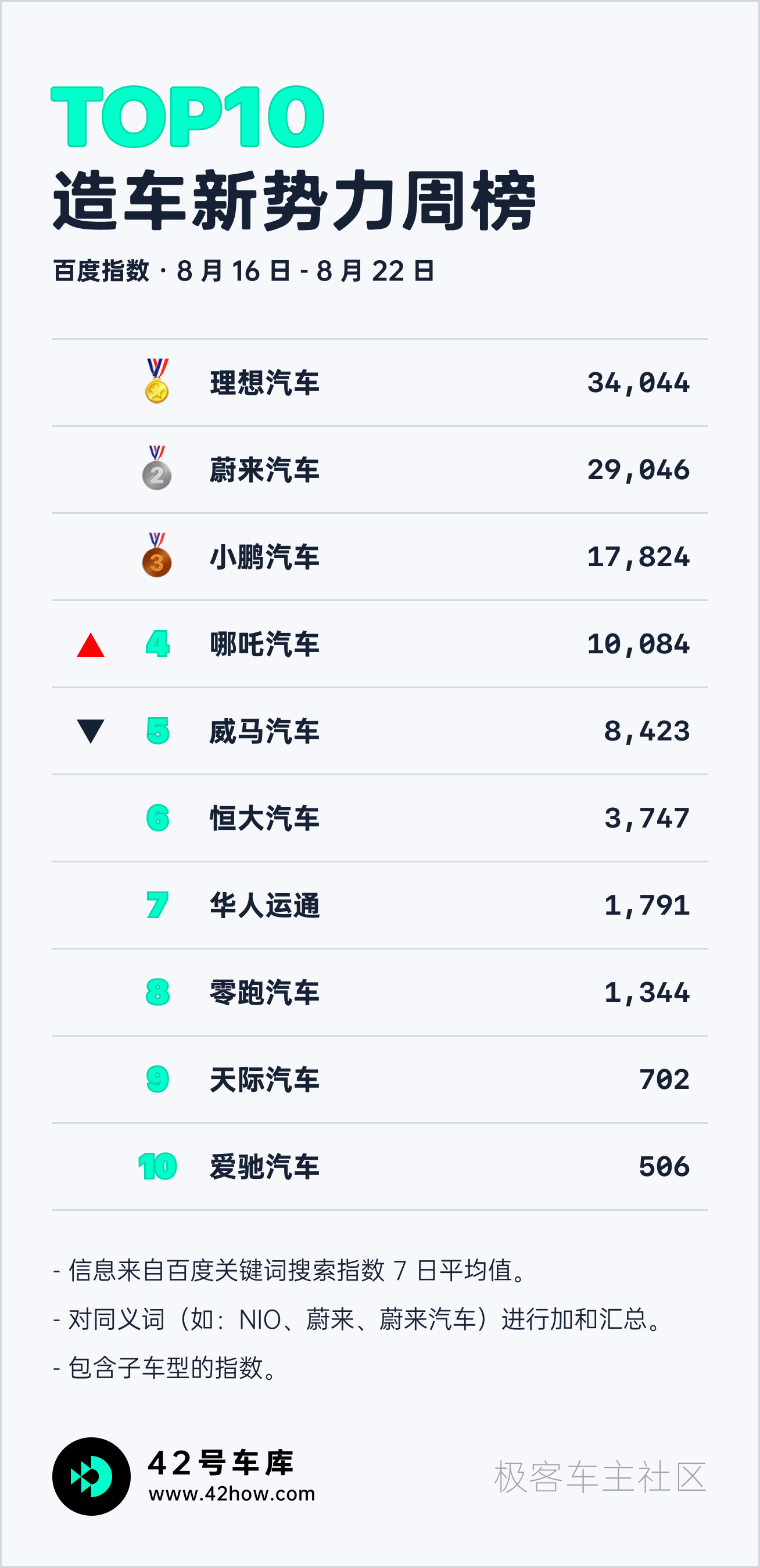
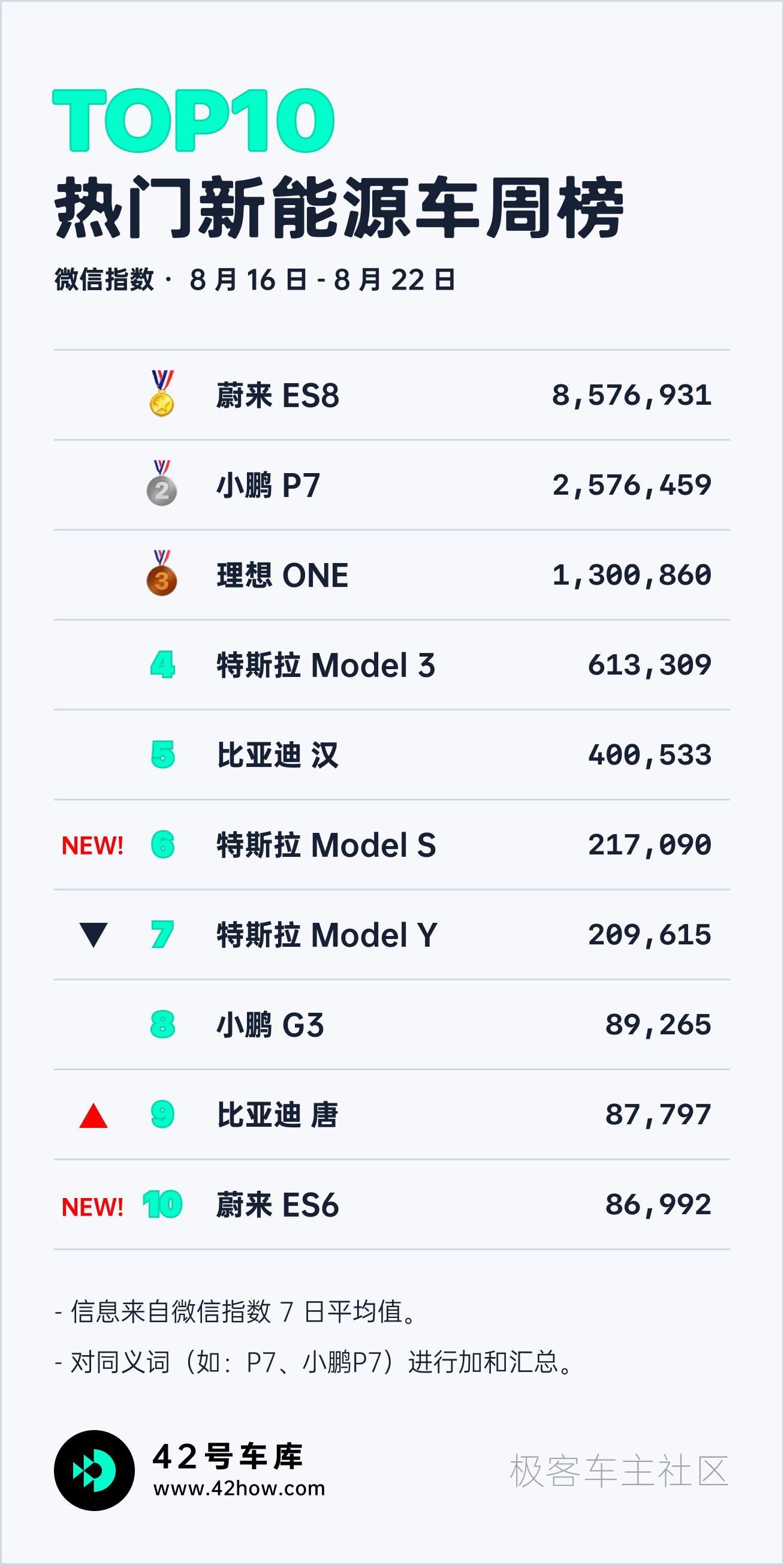
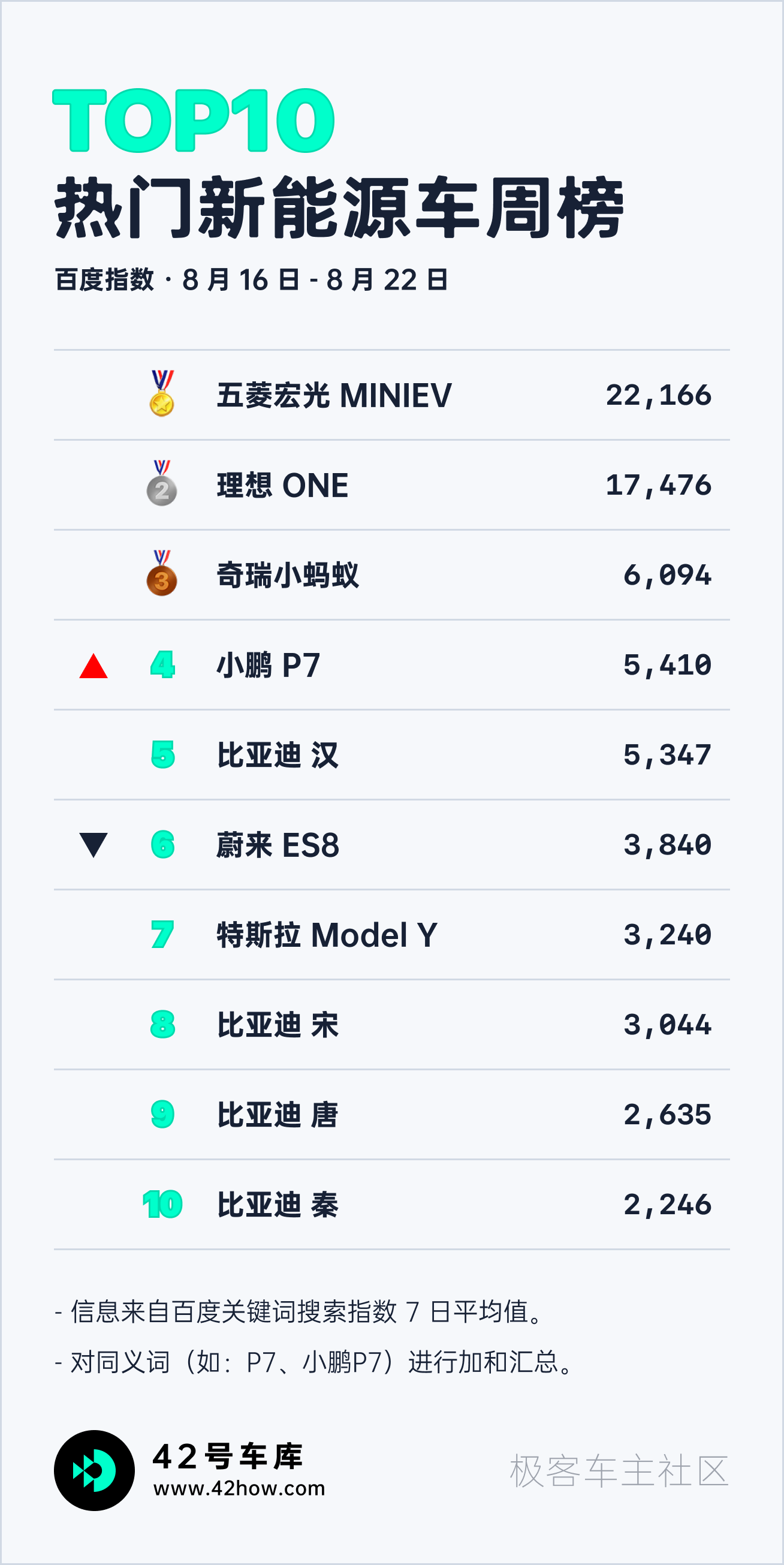
Weekly News
Cyberspace Administration, MIIT, and other departments jointly issued “Several Provisions on the Management of Automotive Data Security (Trial)”
Recently, the Cyberspace Administration of China, National Development and Reform Commission, Ministry of Industry and Information Technology, Ministry of Public Security, and Ministry of Transport jointly issued the “Several Provisions on the Management of Automotive Data Security (Trial)” (hereinafter referred to as the “Provisions”), which will be implemented from October 1, 2021.
The following are some of the key points in the “Provisions”:
- Automotive data should follow the principles of “in-car processing,” “default no collection,” “applicable accuracy range,” and “de-identification processing.”
- Individuals should be clearly informed in a prominent manner that personal information will be collected. For handling sensitive personal information, automotive data processors should also obtain the individual’s separate consent. Collection of biometric information such as fingerprints, voiceprints, faces, and heart rhythms is allowed only for enhancing driving safety and with sufficient necessity.
- Implement the requirements of the risk assessment report system and the annual report system, and proactively submit the annual report on the management of automotive data security in a timely manner. If important data needs to be provided overseas due to business needs, the automotive data processor should implement the requirements of the data export security assessment system, and shall not illegally provide important data to overseas beyond the conclusion of the export security assessment, and supplement the relevant situation in the annual report.
- The “Provisions” propose that relevant departments of the state should carry out the management and guarantee of automotive data security according to their respective responsibilities, including conducting data security assessments, random verification and verification of data export matters, and building intelligent (Internet-connected) automotive network platforms.
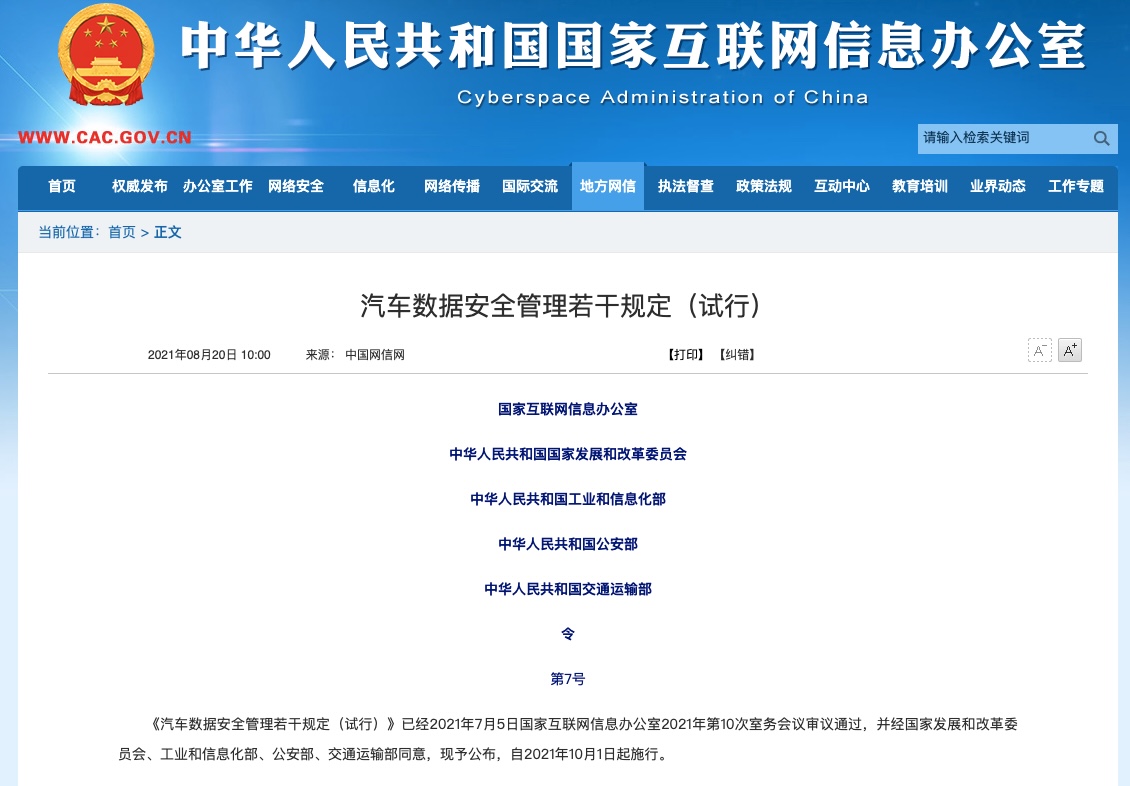
Editorial Comment:As China gradually enters the era of intelligent connected vehicles, the issues of automobile data security and user privacy must also be given due attention. The purpose of these Regulations is to regulate the data security of automobiles, protect the rights and interests of individuals and organizations, maintain national security and the public interest, and promote the reasonable development and utilization of automobile data.
Although greater restrictions may cause inconvenience for car companies to upgrade OTA and for users to use, it is still necessary to impose reasonable limitations to avoid potential risks. As the demand for automotive data security management becomes more specific, perhaps data security will also create new industries and business opportunities, and our driving habits will also undergo significant changes with the updating of regulations from the era of traditional fuel vehicles.
IM L7 released with a lowest wind resistance coefficient of only 0.21
On August 17th, 2021, IM Auto announced that the wind resistance coefficient of its first pure electric sedan, L7, reached a value of 0.210, certified by China Automotive Technology and Research Center (CATARC).
IM Auto said that to achieve such excellent results, it conducted nearly 900 simulations, exceeding more than 900,000 core hours of computing. After five rounds of wind tunnel experiments, it was tested at the Chongqing Carey Quality Inspection and Certification Center and obtained the wind resistance coefficient of 0.21.
With a result of Cd=0.21, it ranks tied for third place among current production and soon-to-be-produced models. Currently,the wind resistance coefficient rankings are: first, Mercedes-Benz EQS 0.2; second, Tesla Model S Plaid 0.208; third, IM L7 0.21 and Lucid Air 0.21 tied.
Comment:
Following Guangqi Aion S Plus’ 0.211, the wind resistance coefficient of IM L7 has set a new record for domestically produced vehicles. In the era of increasingly popular pure electric vehicles, the importance of wind resistance coefficient has become crucial. Unlike traditional fuel vehicles, electric vehicles are more sensitive to energy consumption (especially at high speeds), and better wind resistance will lead to better endurance. This certification process also demonstrates IM’s confidence and authenticity of the data, and may also raise the threshold for other companies to promote their wind resistance coefficient in the future.
Leapmotor’s latest round of financing amounted to CNY 4.5 billion, and has already been completed!
Hangzhou State-owned Assets Investment contributed CNY 3 billion, and this round of strategic investment was led by CICC Capital, with major investment from Hangzhou State-owned Assets, CITIC Construction Investment and CITIC Dameng.
With financial support, Leapmotor is pushing for rapid development to accelerate its advancement into the front ranks of China’s new car-making forces, achieving win-win development and strengthening Hangzhou’s advantages as the leading city in the digital economy.
Quick Take:
Last month, Leapmotor T03 ranked fifth on the new energy vehicle sales list with a sales volume of 4,220 units, a month-over-month growth of 14%. Leapmotor has spent no more than 3 billion yuan since its establishment, demonstrating high capital efficiency.
The financing of 4.5 billion yuan may also indicate that Leapmotor will have more funds to develop vehicle models and platform improvement in the future. Let’s look forward to what kind of surprise Leapmotor’s capital-to-technology transformation will bring us in the future.
China-made Model Y/3 arrives in Europe
According to foreign media insideEVs, on August 20, the first batch of China-manufactured Tesla Model Y arrived in Oslo, the capital of Norway, aboard the Glovis Supreme. It is one of the three transport ships carrying Model Y from Shanghai to Europe. The first batch of 1,300 Model Ys arrived and the earliest delivery will be next Tuesday.
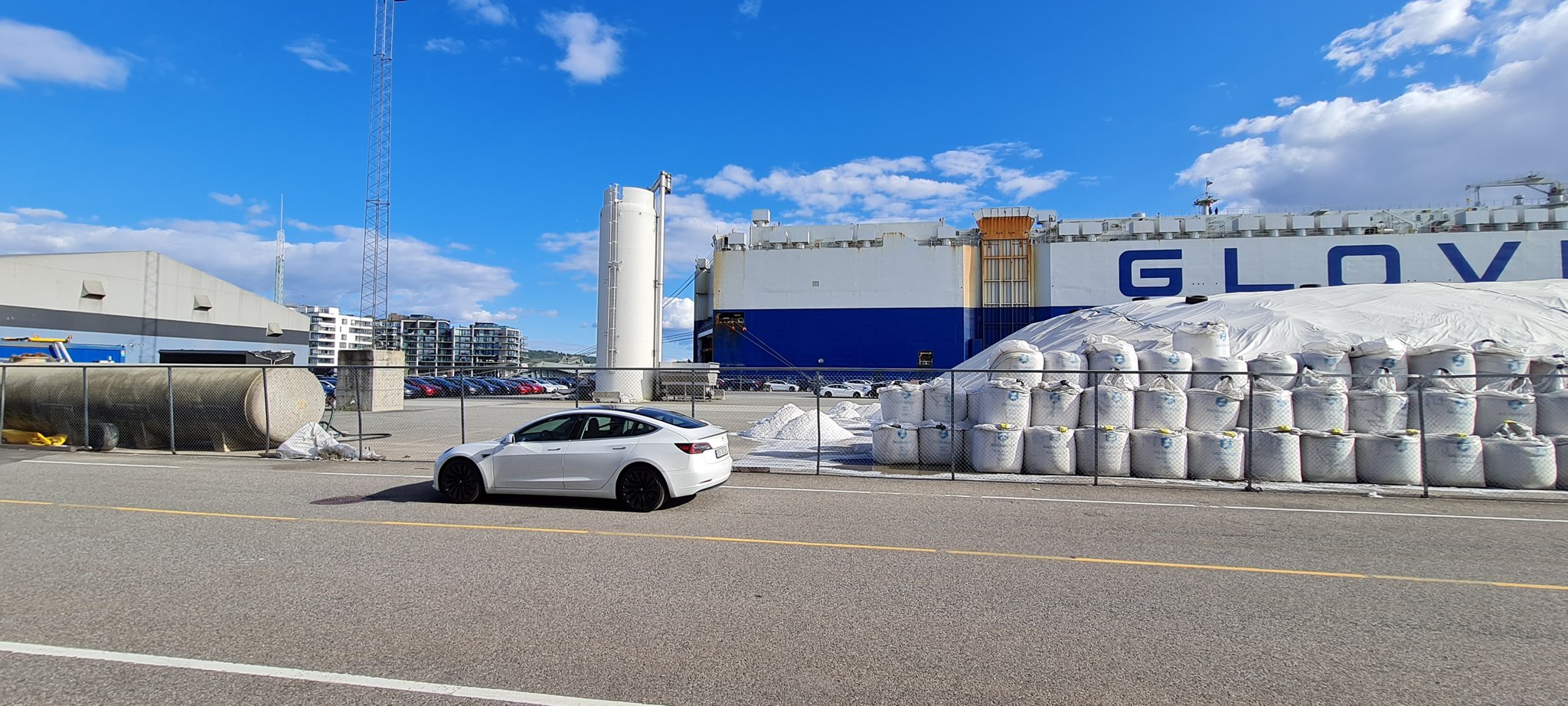
At the same time, on August 21, the first batch of Tesla’s exported roll-on/roll-off cars was loaded in Shanghai Nanport, realizing “manufactured and exported on the port.” The ship will carry a total of 4,410 Model 3s to Zeebrugge, Belgium for export.
Quick Take:
Norway, as the “Electric Vehicle Kingdom” in the Nordic region, has a small market, yet its electric vehicle penetration rate has been ranked first in the world for many years, with strong demand for new and additional electric vehicle purchases.
However, owing to the fact that the Berlin Gigafactory was not completed on time, the Tesla deliveries in Europe largely relied on Shanghai’s Gigafactory, which has a production capacity of nearly 450,000 vehicles and is approaching saturation according to Tesla’s Q1 2021 financial report.
According to CPCA data, in July, Tesla China sold 32,968 vehicles, of which 24,347 were exported and 8,621 were sold domestically. Most of the Model Y/3 made in China were exported.
BYD’s Tang EV begins deliveries in NorwayRecently, BYD exported 100 Tang EV vehicles to Norway, and with the help of local dealer RSA, deliveries have begun.
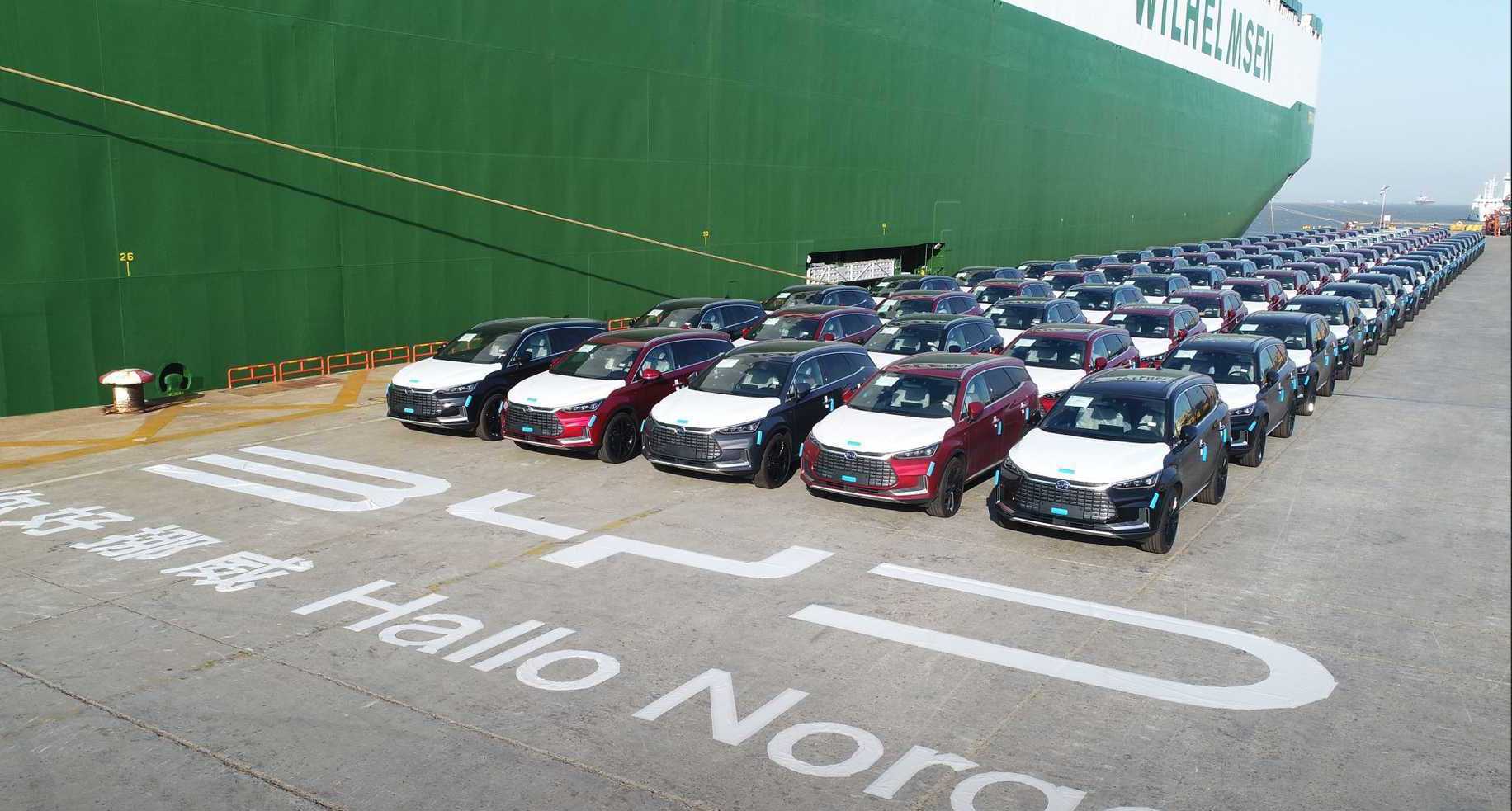
The Tang EV exported to Norway by BYD is consistent with the top-end domestic model, equipped with an 86.4 kWh blade battery and dual motors (380 kW, 660 N·m). It is priced at 599,900 Krone (approximately RMB 4.64 million) in Norway. BYD plans to sell 1,500 Tang EVs in Norway this year, and will also introduce the Han EV model for sales in the future.
Brief comment:
Wow, just recently, Tesla from Shanghai exported to Norway, and now the Chinese brand BYD is also heading to Norway. It seems that every electric vehicle manufacturer wants a piece of this “battleground”. Plus, on July 20th, NIO has also exported the first batch of ES8 from the Waigaoqiao port in Shanghai, and the destination is also Norway.
It can be seen that our country’s domestic brands in the field of electric vehicles are completely different from those in the era of gasoline vehicles. In the era of electrification, they are full of confidence. Major manufacturers are not satisfied with the domestic market and are willing to promote their products to the global market. In the future, we also hope that more domestic electric vehicle brands can enter Norway and bring excellent products, services, and concepts to the world.
Tesla AI Day, the “Spring Festival Evening” of the Electric Vehicle Industry?
On the morning of August 20th, Tesla kicked off the live broadcast of AI Day. The content released can be divided into three parts in simple terms. The first part is relatively close to reality, while the latter two parts begin to be a bit “divine”.
- Tesla’s AI Director, Andrej Karpathy, introduced what Tesla is doing: building a vision-based neural network system like the human brain. Tesla has abandoned radar systems and is developing towards the direction of “Human-Centric” in which the car watches the road through its eyes. To satisfy the visual algorithm, Tesla demonstrated a large amount of regulatory control and data processing content. Simply put, the car is becoming more and more intelligent, and the visual algorithm can basically meet all daily driving conditions. A large number of software and hardware demonstrations highlight Tesla’s leadership in Autopilot.## 2. Release of Dojo Supercomputer
The development goal of Dojo is to achieve the strongest AI training performance, which can drive larger and more neural networks, as well as high energy efficiency and low cost. The computer chip is called the D1 chip, and its single-precision floating point calculation power reaches 362 TFLOPs under BF16/CFP8, and 22.6 TFLOPs under FP32. The chips form “bricks,” and the “bricks” form supercomputers. Its performance has surpassed the current world’s number one supercomputer.
3. Tesla Bot
As a surprise at the end of the event, Tesla also released a humanoid robot Tesla Bot. This robot uses the Autopilot’s camera as its visual perception and the FSD chip as its computing core.
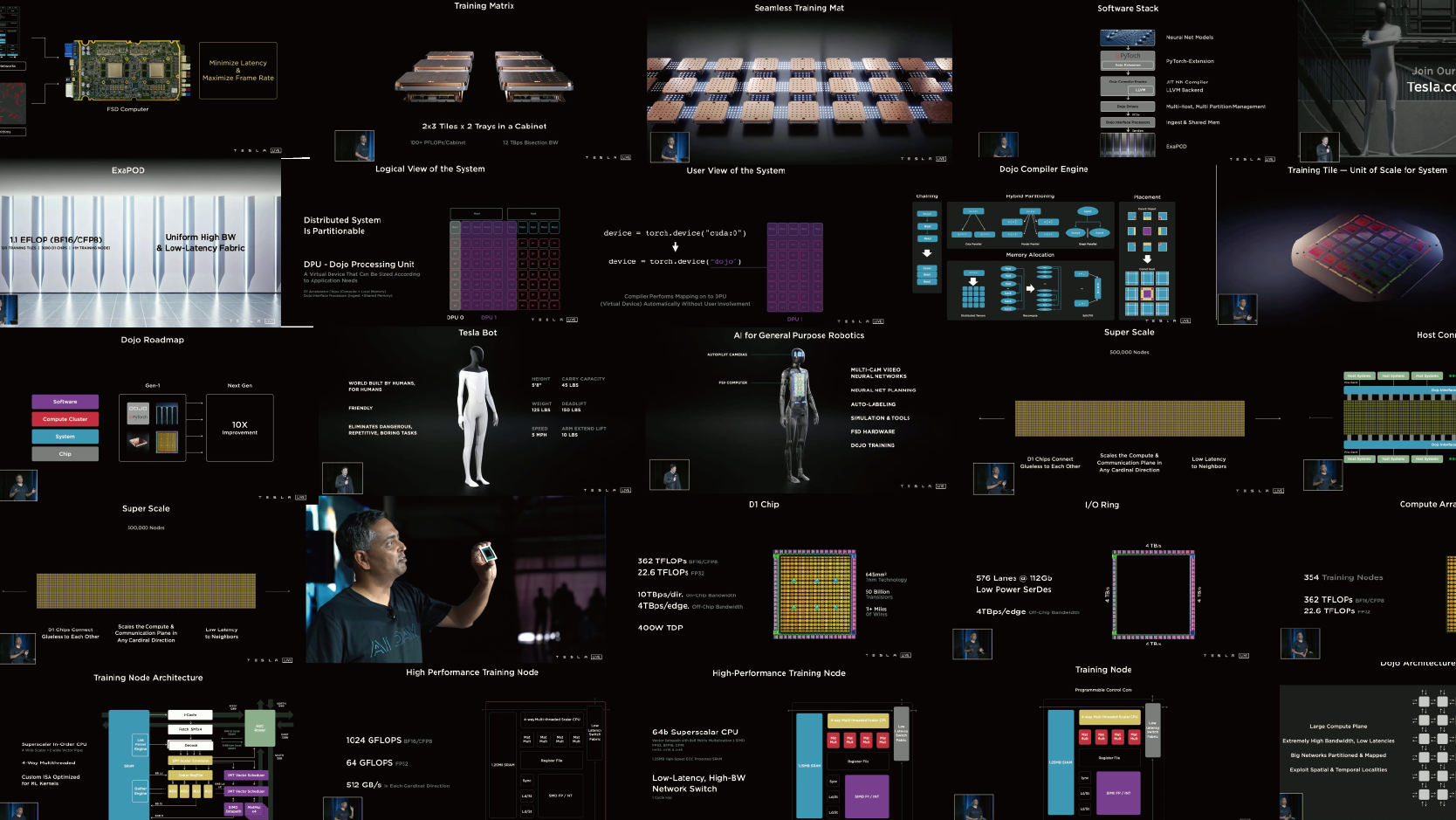
Quick Comment:
Apart from being “shocked,” there are no other adjectives to describe it. Tesla’s layout is obviously much longer-term than we imagined, and the idea of scalable effects has begun to be reflected in vision-based neural network solutions. When we saw at AI Day that Tesla made such a huge technological research and development and algorithm matching for the vision-based solution and expanded its layout in supercomputers and future vision fields, we found that this was another dimension-reducing blow to its competitors.
Although these things may still need some time to wait, Tesla has blown the cattle out early. But such bold innovation and the attitude of wanting to bring about future changes is no less shocking than the moment when Jobs unlocked the iPhone with a slide at the Moscone Center in San Francisco on January 9, 2007.
This article is a translation by ChatGPT of a Chinese report from 42HOW. If you have any questions about it, please email bd@42how.com.
